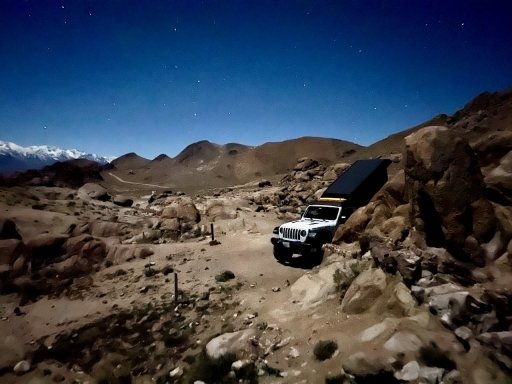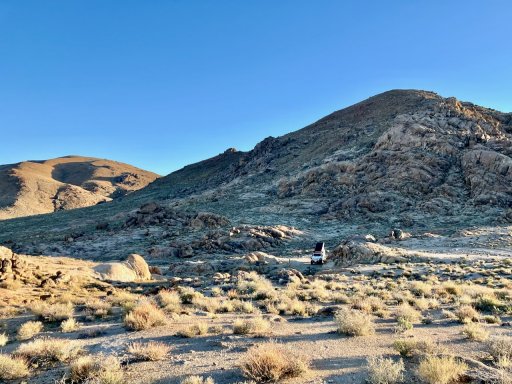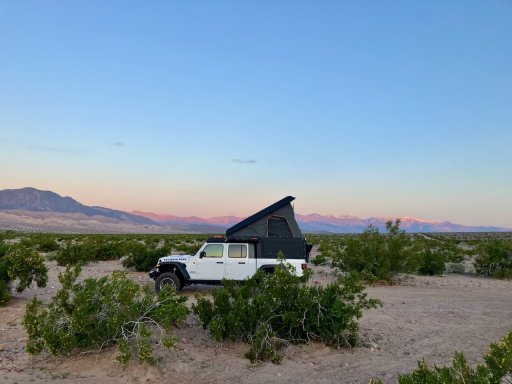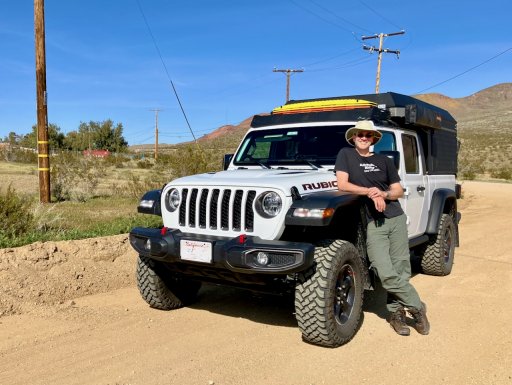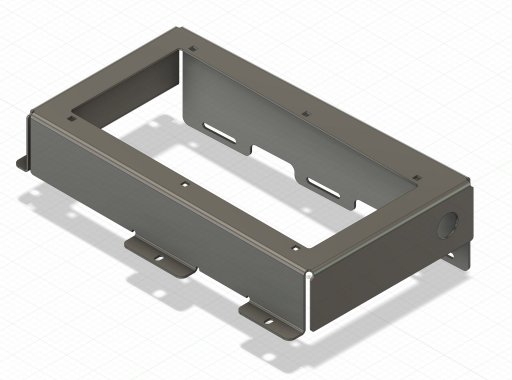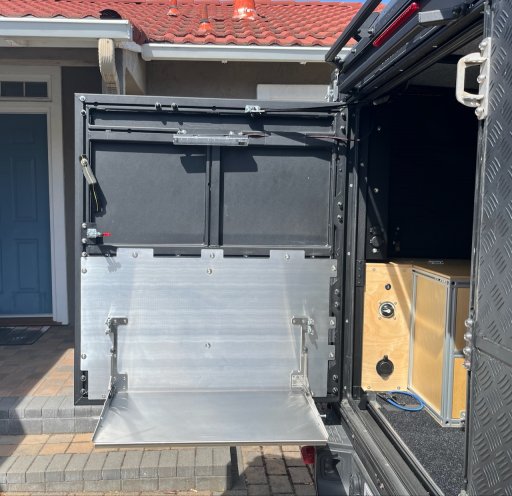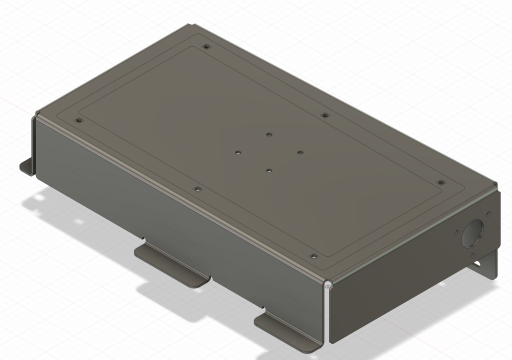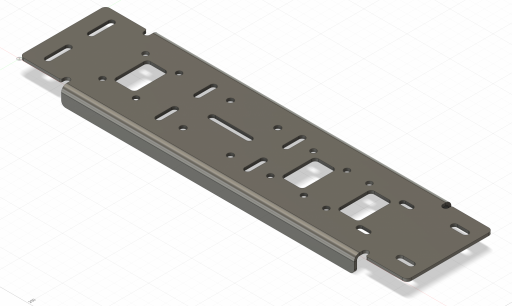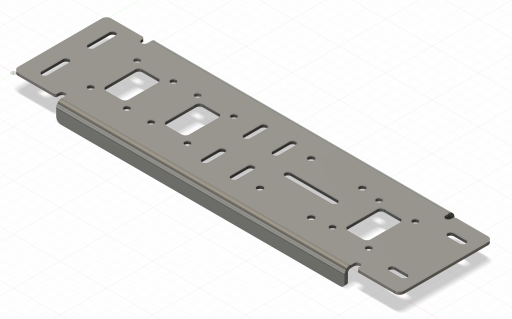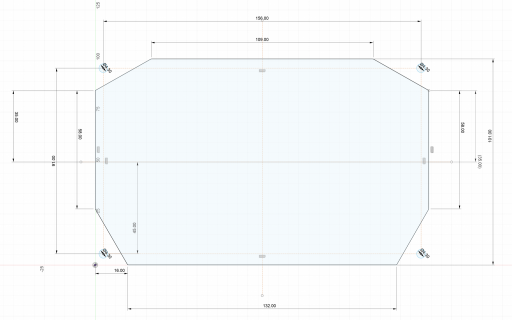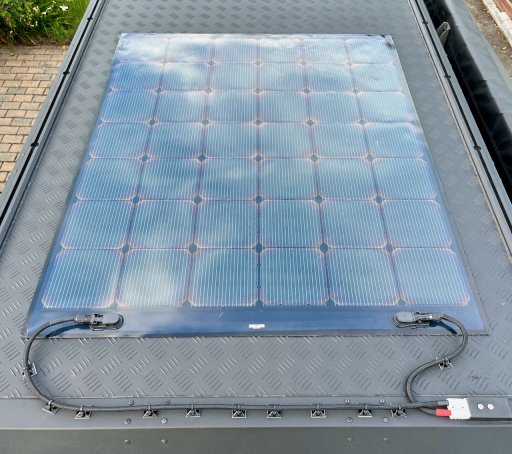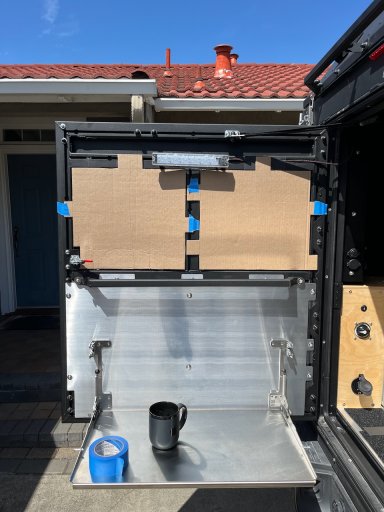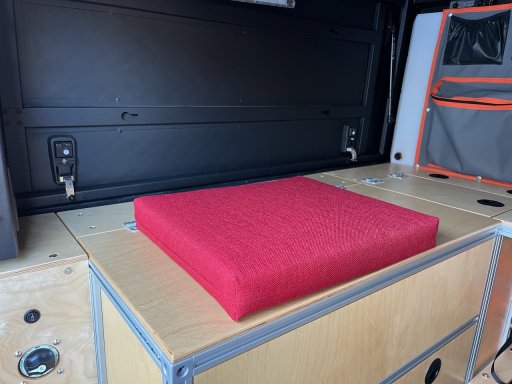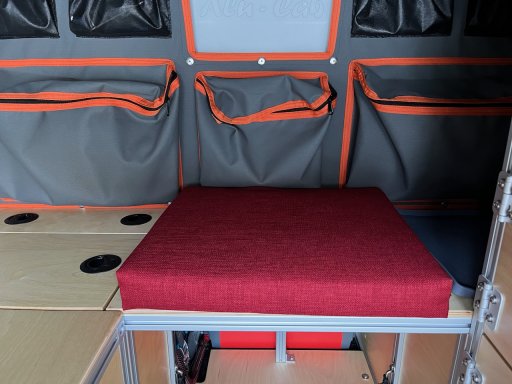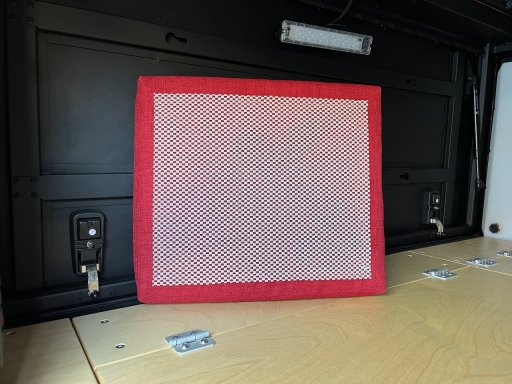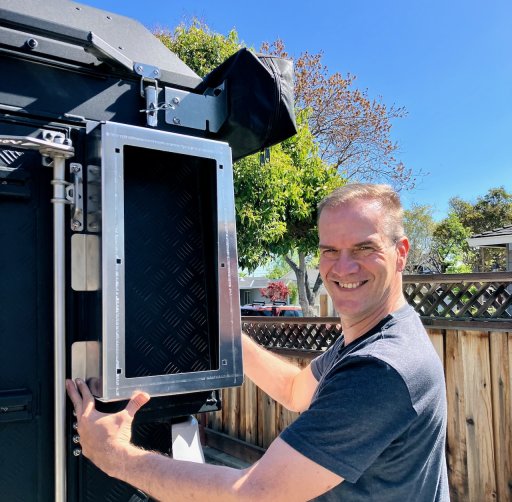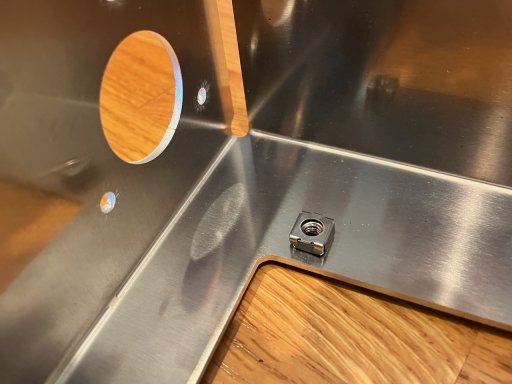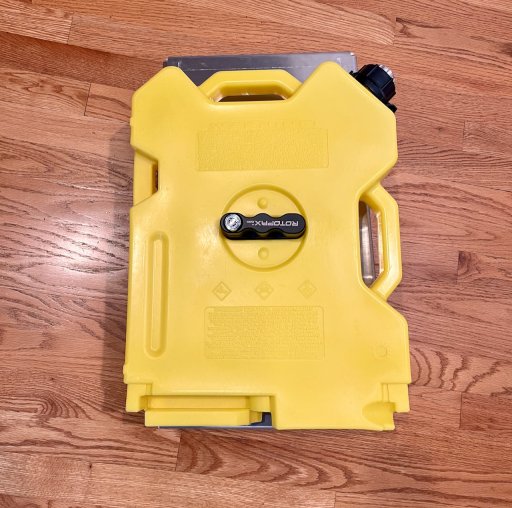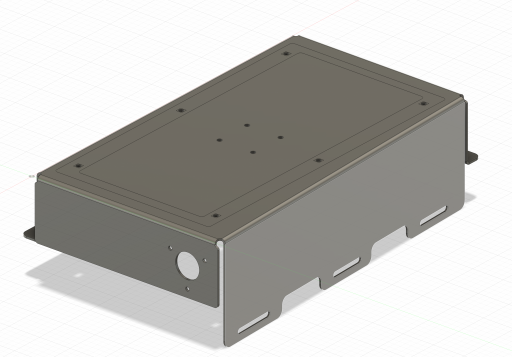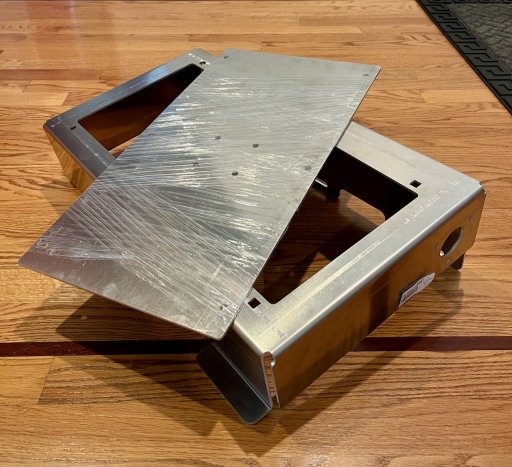To elaborate a bit on the weight thing:
- We are using the lightest wood for the application, a lot of is 6mm Baltic birch, only structural parts are heavier.
- We go to full length to replace heavy hardware with lighter parts
- We’ve removed the rear seats
- For the Canopy Camper, the tailgate is removed
- We are NOT using a steel bumper
- We are NOT getting a winch
- We are using OEM tires and not larger ones
- We might remove some heavy parts we aren’t using like rock sliders etc.
Last edited:


